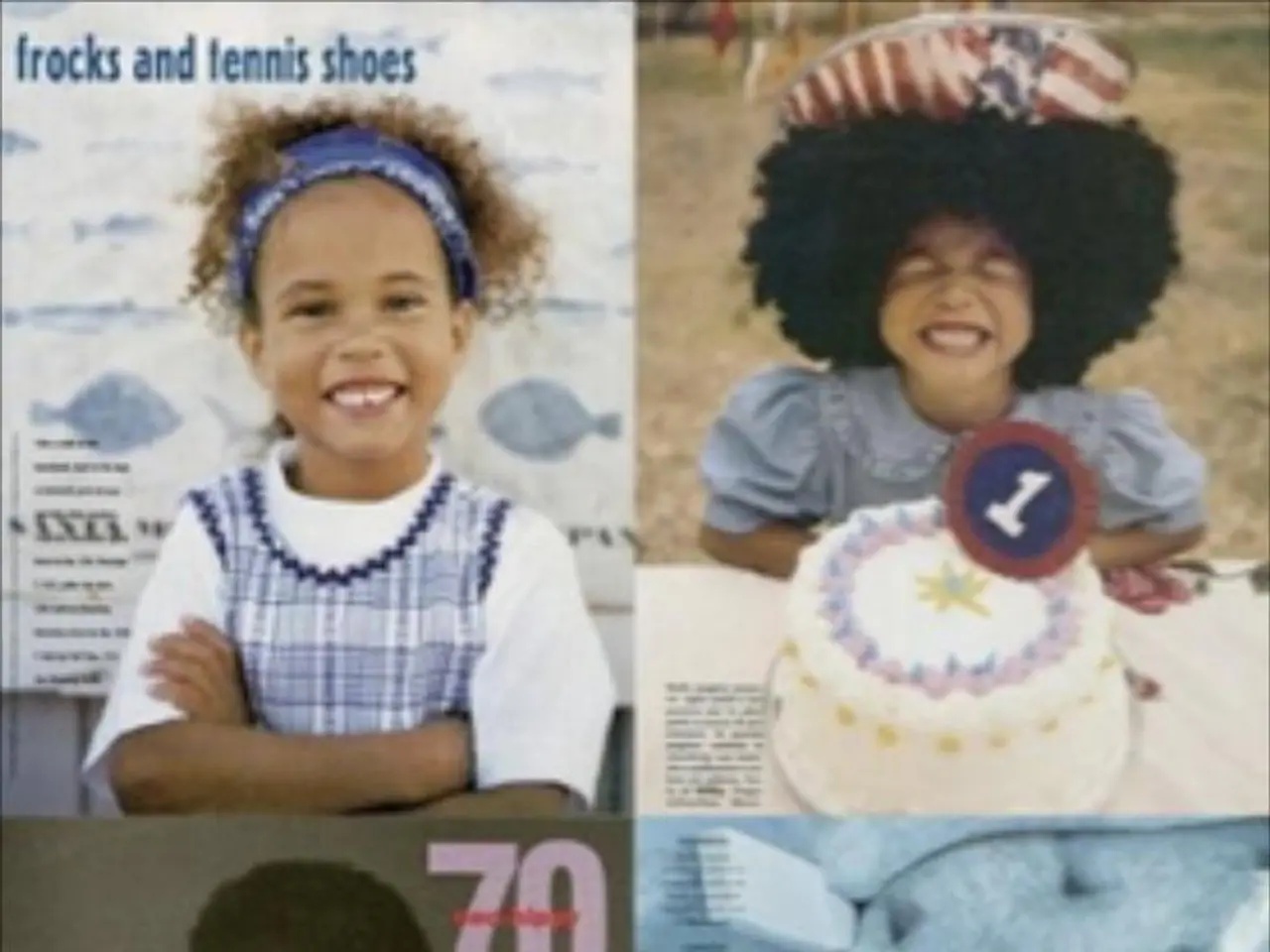Healing Childhood Traumas through Connection using The 5 Love Languages approach
In the journey towards emotional healing and growth, understanding and applying the concept of love languages can be a powerful tool, especially for those who have experienced childhood trauma. Here's a practical guide on how to effectively integrate the 5 Love Languages into trauma-informed care.
1. Identify Your Primary Love Language and Trauma Language
Recognize not only how you feel loved, but also understand the deeper emotional needs and responses influenced by childhood trauma. This dual understanding is crucial in fostering emotional healing [1][5].
2. Create a Safe, Consistent Environment
Building emotional safety through consistent routines, boundaries, and validation is essential. Whether in therapy or at home, these spaces should feel safe for expressing emotions without pressure [4].
3. Practice Conscious Giving and Receiving of Love
Intentionally express love in the preferred love languages of yourself and others. This fosters emotional connection, trust, and intimacy, helping to repair relational wounds and build emotional resilience [2][3].
4. Model Emotional Reciprocity and Empathy
Demonstrate giving and receiving love openly and respectfully, showing children healthy emotional communication. This teaches emotional regulation, empathy, and connection, which are crucial for trauma recovery and growth [2].
5. Allow Healing at One’s Own Pace
Avoid rushing talk therapy or emotional exposure. Instead, support gradual healing by validating feelings, offering emotional support, and participating in therapy as appropriate, recognizing healing timelines vary for each individual [4].
6. Integrate Mindfulness and Emotional Regulation Tools
Complement love language integration with mindfulness or therapeutic techniques that enhance emotional balance and regulation, thereby strengthening the capacity for healing and resilience [4].
7. Shared Experiences and Quality Time
Shared experiences create happy memories, increase emotional intimacy and understanding, and can heal relational fractures and promote happiness in relationships [6][7].
8. The Power of Physical Touch
Physical touch assures those with abandonment scars of constant presence and commitment. It promotes well-being, offers instant relief from anxiety, and reduces stress [1].
9. Seek Professional Support
Professional support can facilitate exploring trauma and new healing strategies, offering guidance and resources for a more effective healing journey [8].
10. The Role of Oxytocin
Oxytocin, the "love hormone", strengthens emotional bonds and trust, playing a significant role in fostering healing and growth [9].
11. Giving Someone Your Full Attention
Giving someone your full attention shows them they're important to you, combating feelings of being left behind and fostering emotional intimacy [10].
By combining an awareness of love languages with trauma-informed care, you can create a nurturing framework for emotional healing and growth after childhood trauma. This approach shifts love languages from a romantic concept to a mirror reflecting and healing deep emotional wounds [1][5].
- In the process of healing from childhood trauma, learning to identify both your primary Love Language and Trauma Language can provide valuable insights into your deeper emotional needs and responses, promoting a more effective healing journey.
- As part of trauma-informed care, creating a safe, consistent environment is essential, with routines, boundaries, and validation that allow individuals to express emotions openly without pressure, fostering emotional safety and healing.
- Practicing conscious giving and receiving of love in the preferred love languages of yourself and others can help repair relational wounds, build emotional resilience, and foster emotional connection, trust, and intimacy.
- Modeling emotional reciprocity and empathy by demonstrating healthy emotional communication can teach emotional regulation, empathy, and connection, all of which are crucial for trauma recovery and personal growth.
- In addition, integrating mindfulness and emotional regulation tools, seeking professional support, and sharing quality experiences and giving physical touch can further enhance emotional healing and growth after childhood trauma.
- Furthermore, understanding the role of Oxytocin, the "love hormone," can help strengthen emotional bonds and build trust, playing a significant role in fostering healing and growth during the healing process.
- Lastly, giving someone your full attention can show them they're important to you, helping to combat feelings of being left behind and fostering emotional intimacy as part of emotional healing and growth.




